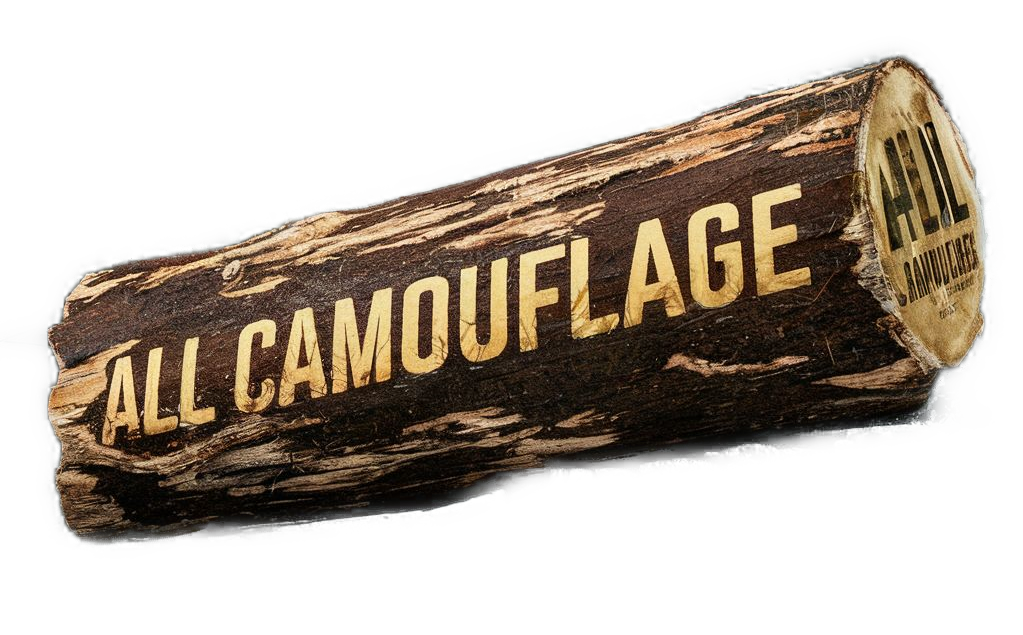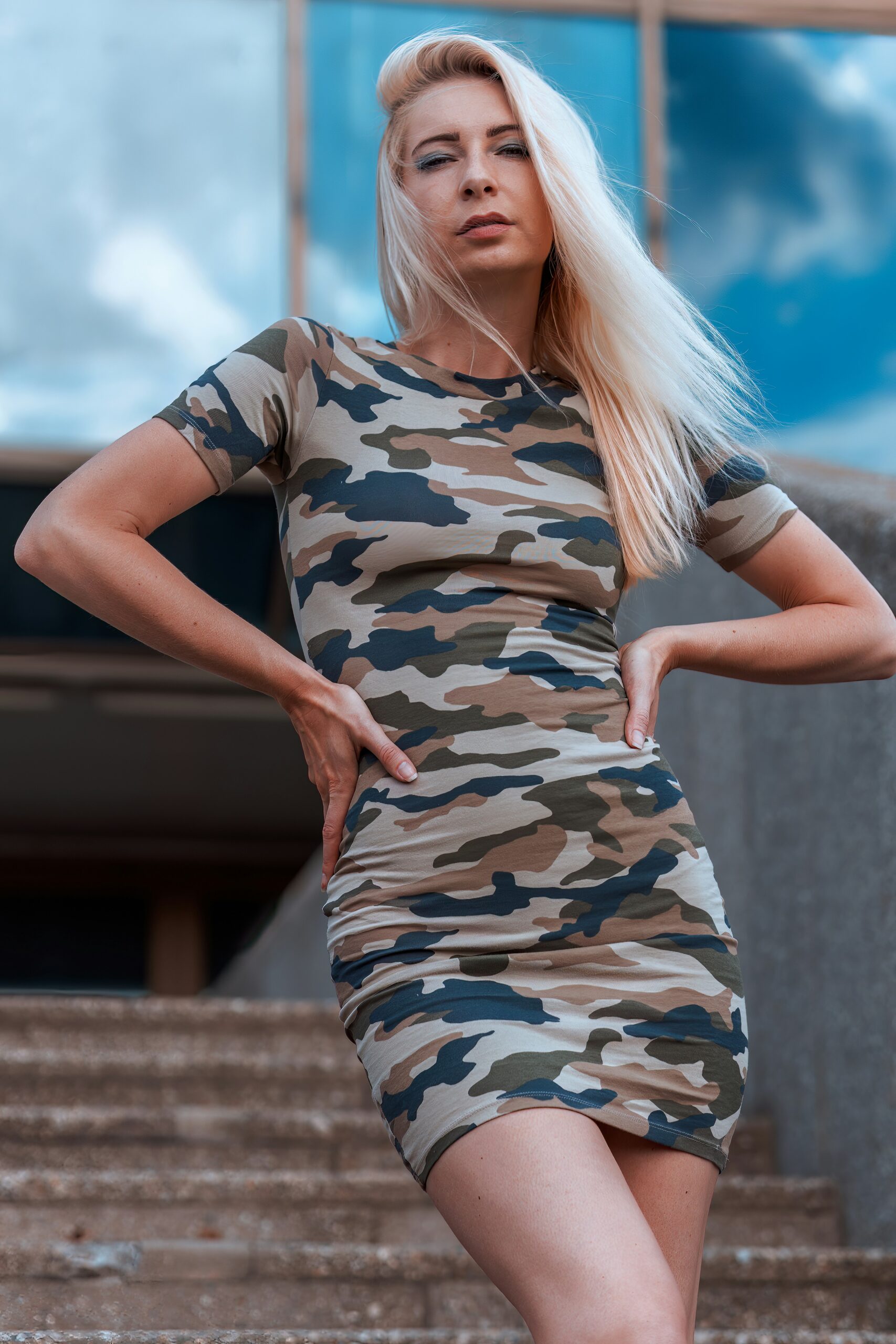Camouflage clothing has become a fashion staple in recent years, but have you ever wondered what events led to its widespread popularity? From military origins to influence from iconic figures, camouflage fashion has seen a journey of evolution. Exploring the rich history behind this trend, this article unveils the specific events that shaped camouflage clothing into the style statement it is today. So, get ready to embark on a fascinating journey through time and discover the intriguing stories behind this iconic fashion choice.
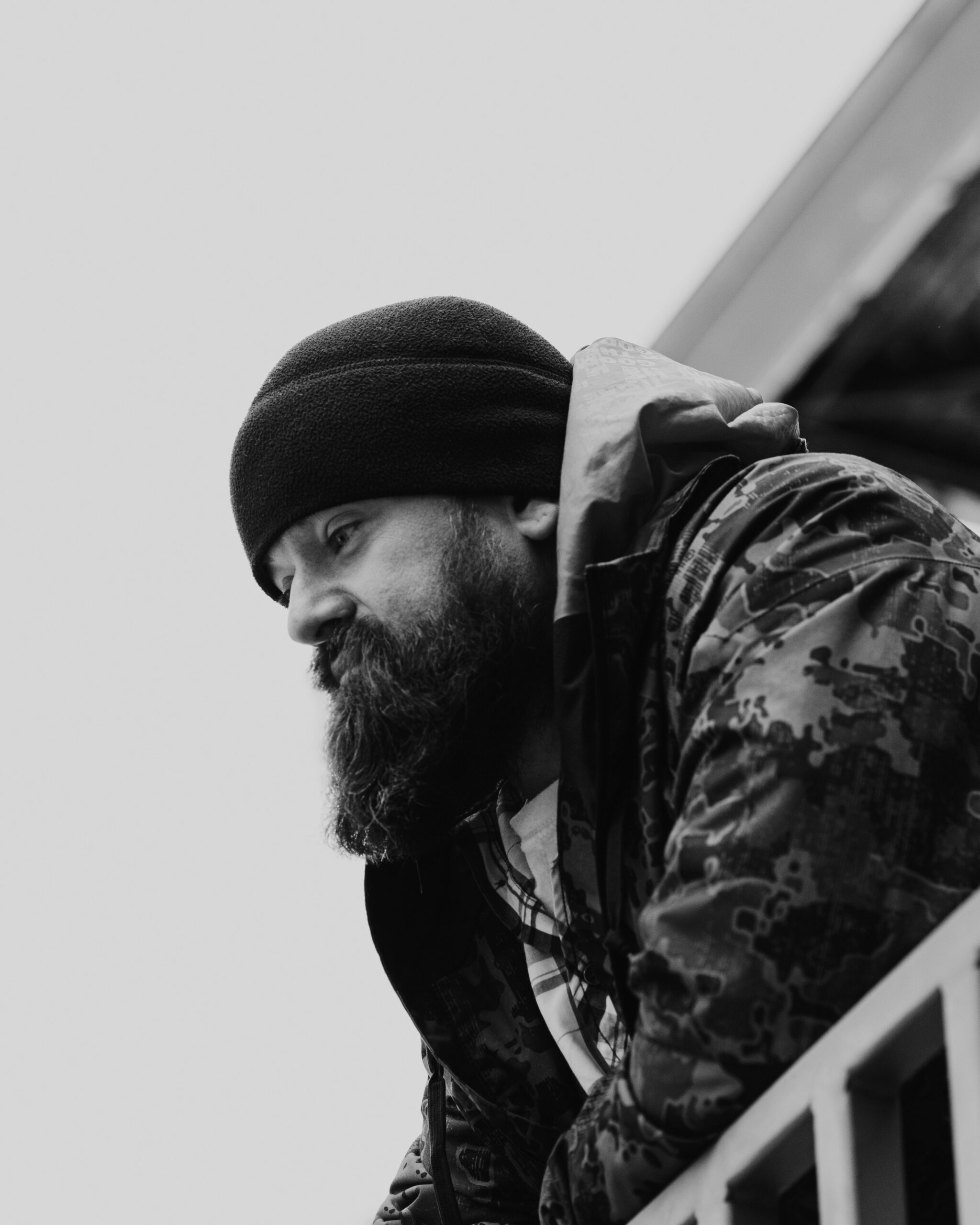
Early Usage of Camouflage in the Military
Introduction to camouflage in warfare
Camouflage has a long and rich history in military strategy. It involves the use of colors, patterns, and materials to conceal or disguise individuals, equipment, and installations. The concept of camouflage dates back to early civilizations, where soldiers would blend with their surroundings by using natural materials. However, it was during the First and Second World Wars that camouflage became more systematic and widespread.
Influence on civilian clothing
The effectiveness and popularity of camouflage in the military soon spilled over to civilian clothing. The practicality of blending in with the environment and the association with military prowess made camouflage patterns desirable outside of the military context. The rugged and utilitarian nature of camouflage resonated with individuals seeking functional and visually appealing clothing options. As such, the influence of military camouflage on civilian fashion began to take shape.
The World Wars
Role of camouflage in the First World War
The First World War marked a significant shift in military tactics, where traditional bright-colored uniforms became impractical on the modern battlefield. Soldiers needed to blend with their surroundings to avoid detection by enemy forces. This led to the development and implementation of camouflage techniques, including the use of disruptive patterns, countershading, and coloration to make soldiers and equipment less visible. The successful use of camouflage tactics during the First World War showcased its effectiveness and set the stage for its continued usage in future conflicts.
Camouflage clothing during the Second World War
The Second World War saw further advancements in camouflage strategies and clothing. Various countries developed specialized camouflage uniforms, such as the British Denison smock and the German Splittermuster pattern, to provide soldiers with improved concealment. These uniforms featured intricate patterns and color combinations designed to blend with specific environments. Camouflage clothing became an essential part of a soldier’s gear, enabling them to better evade enemy detection and carry out covert operations.
Post-war adoption in fashion
After the World Wars, surplus military clothing became readily available to the general public. Many individuals, particularly outdoorsmen and adventure-seeking civilians, began incorporating camouflage garments into their wardrobes. The rugged and functional appeal of military-inspired fashion, combined with the association of camouflage with heroism and bravery, helped solidify its place in civilian fashion. The post-war period saw an increased interest in outdoors activities, and camouflage clothing became synonymous with adventure and exploration.
The Vietnam War Era
Adoption of military style in protest movements
The Vietnam War era witnessed a significant cultural shift, as young people began protesting against the war and questioning traditional societal norms. This countercultural movement often used military-inspired attire, including camouflage clothing, as a symbol of dissent and rebellion. The adoption of camouflage garments allowed individuals to express their anti-establishment sentiments and solidarity with marginalized groups affected by the war. Camouflage clothing became a visual manifestation of resistance and a means to challenge existing power structures.
Usage of camouflage by counterculture and music groups
Alongside protest movements, camouflage clothing gained popularity among counterculture and music groups. Musicians and bands associated with rock, punk, and hip-hop genres embraced camouflage as part of their visual identity. The rebellious and edgy nature of camouflage resonated with these subcultures, offering a statement against conformity and mainstream society. The iconic image of musicians donning camouflage apparel on stage and in music videos further fueled the popularity of this fashion trend.
Influence of Hollywood and Pop Culture
Camouflage in movies and on television
Hollywood played a pivotal role in further popularizing camouflage clothing. Action and war movies frequently featured characters clad in camouflage, highlighting its association with bravery, heroism, and adventure. Films like “Rambo” and “Predator” showcased the rugged appeal of camouflage clothing, inspiring viewers to embrace the military aesthetic in their own wardrobes. Television shows, such as “MAS*H” and “The A-Team,” also contributed to the camo trend, exposing a wide audience to the visual impact of camouflage.
Celebrities popularizing the pattern
The influence of celebrities cannot be overlooked when discussing the rise of camouflage fashion. Icons like Madonna, Michael Jackson, and LL Cool J were known for incorporating camouflage pieces into their outfits, both on and off stage. Their fashion choices resonated with fans and contributed to the pattern’s mainstream presence. The endorsement of camouflage by A-list celebrities gave it a sense of haute couture appeal, bridging the gap between streetwear and high-end fashion.
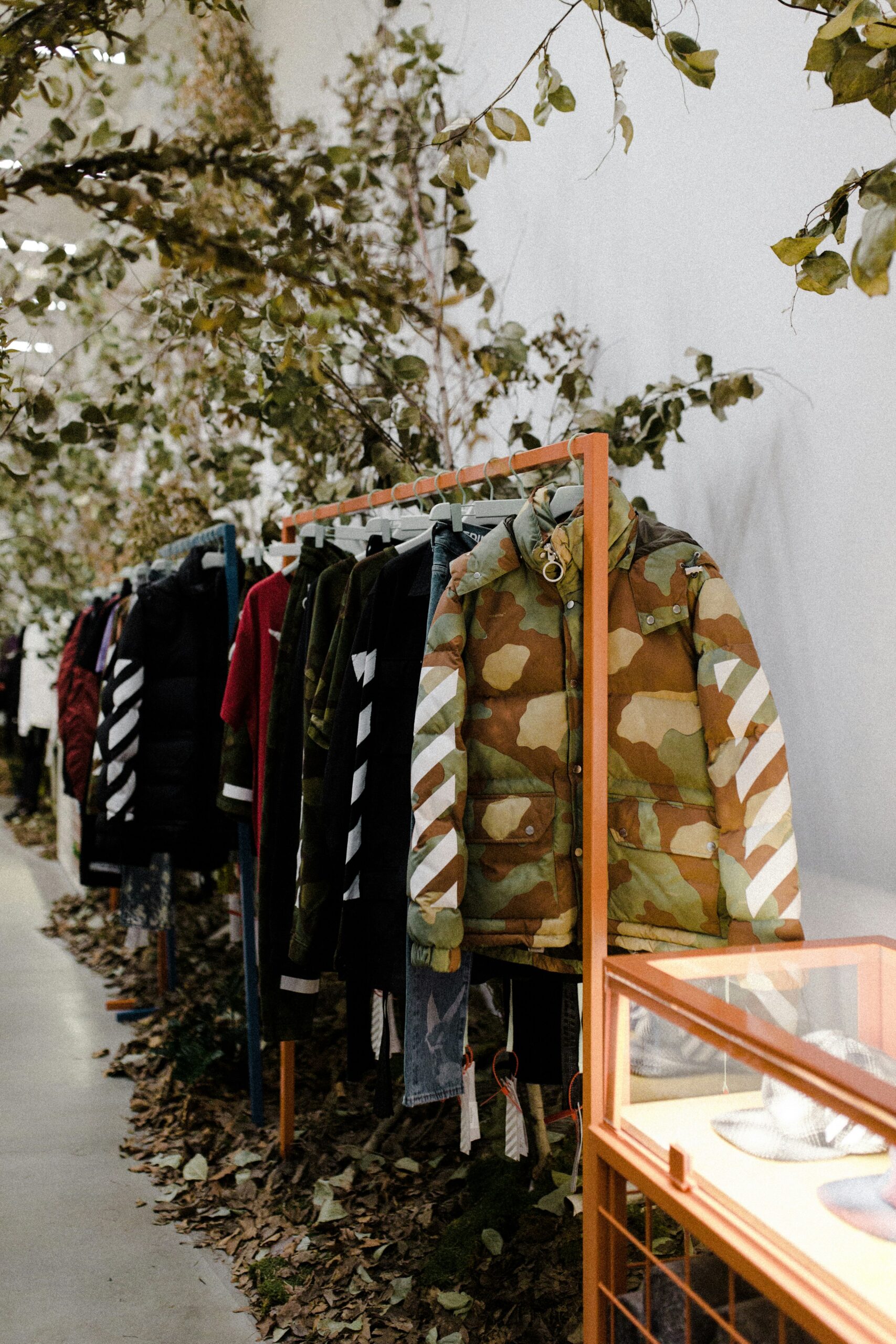
Influence of Streetwear Culture
Adoption of camouflage by 80s and 90s hip-hop culture
The streetwear culture of the 80s and 90s played a crucial role in shaping the popularity of camouflage. Hip-hop artists and street style aficionados embraced camo as a way to express their urban identity and individuality. Camouflage clothing became associated with street credibility and authenticity, reflecting the cultural movements and struggles of marginalized communities. The vibrant and bold color patterns of camo provided the perfect canvas for self-expression and street fashion experimentation.
Graffiti and camouflage
Graffiti culture also influenced the adoption of camouflage in streetwear. Graffiti artists often employed camouflage as a backdrop for their artwork, with its disruptive patterns aligning well with the bold and dynamic nature of graffiti. The interplay between graffiti and camouflage further reinforced the connection between street culture and the pattern. This fusion of art and fashion solidified camouflage’s position as a cornerstone of streetwear style.
Adoption by High-End Fashion
First appearances of camouflage in high fashion
Camouflage burst onto the high-end fashion scene in the 1980s when luxury designers began incorporating the pattern into their collections. Brands like Yves Saint Laurent and Jean-Paul Gaultier reimagined camouflage in luxurious fabrics and elevated silhouettes, challenging the traditional association of camouflage with utilitarian purposes. By elevating camouflage to the realm of high fashion, designers defied conventions and turned military-inspired clothing into a symbol of chic sophistication.
Designers who embraced the pattern
In recent years, numerous high-end designers have embraced camouflage as a signature motif in their collections. Renowned fashion houses like Valentino, Balmain, and Off-White incorporate camouflage in various forms, from traditional army-inspired prints to abstract interpretations. These designers blur the boundaries between streetwear and high fashion, creating a fusion that appeals to fashion-forward individuals seeking a blend of edginess and elegance.
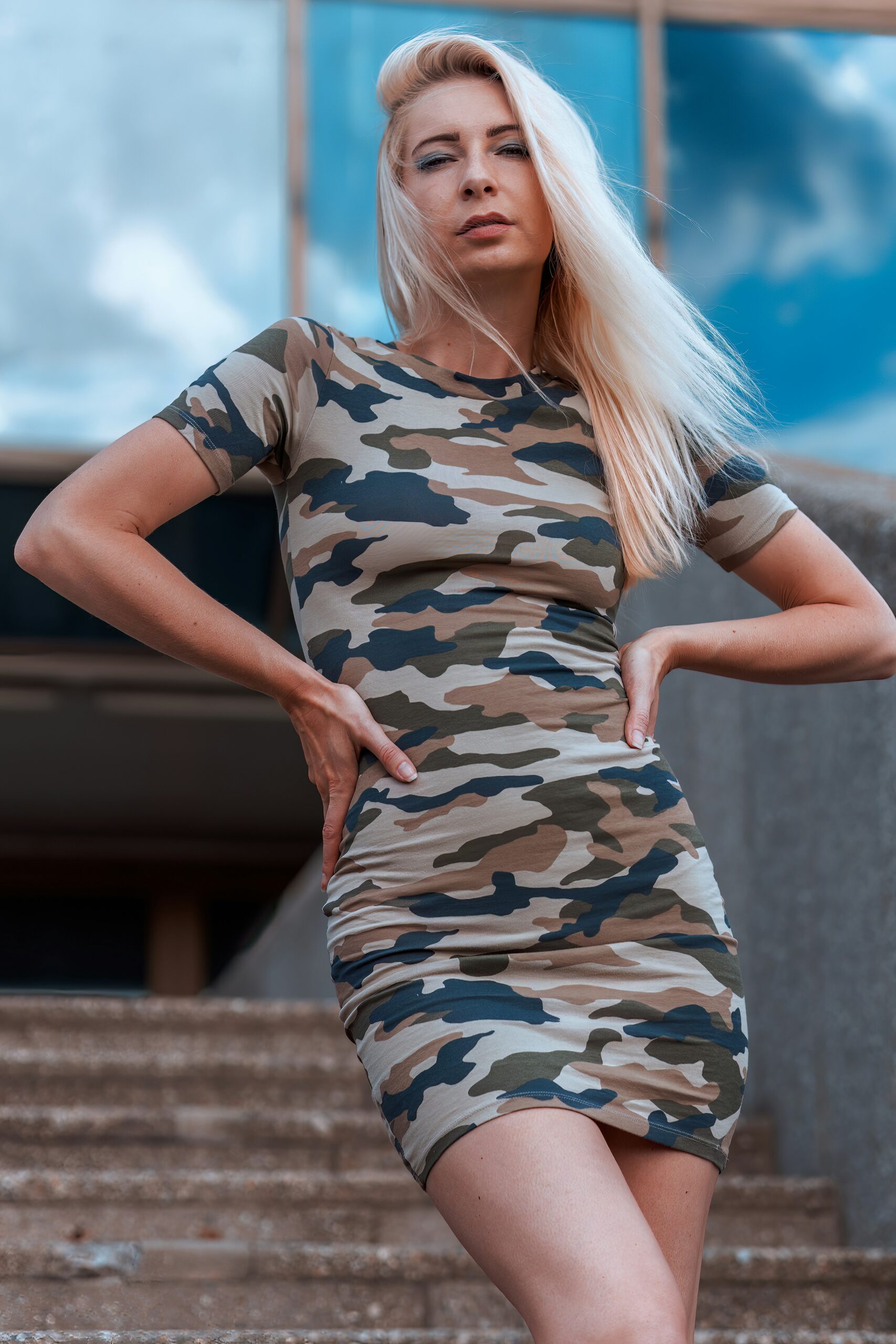
Camouflage Clothing in the 21st Century
Camouflage in modern fashion trends
Camouflage remains a prevalent feature in contemporary fashion. In the 21st century, fashion designers continue to explore new ways to incorporate camouflage into their designs. Whether it’s through unique color palettes or innovative applications of the pattern, camouflage remains a staple in many collections. Its versatility allows it to adapt to different fashion trends while maintaining its distinctive appeal.
Popularity among teenagers and young adults
Camouflage fashion resonates strongly with teenagers and young adults. The pattern’s association with rebellion, uniqueness, and self-expression aligns with the desires of youth culture. Camouflage’s prevalence in music, popular culture, and streetwear contributes to its enduring popularity among this demographic. Whether it’s on hoodies, pants, or accessories, camouflage clothing offers an edgy and confident aesthetic that appeals to the youthful demographic.
Controversies Surrounding Camouflage Fashion
Criticism and legal issues
Despite its widespread popularity, camouflage fashion has faced criticism and legal issues. Some argue that wearing camouflage as a fashion statement disrespects the military heritage and the sacrifice of soldiers. Additionally, the unauthorized use of camouflage patterns can infringe upon trademarks and copyrights, leading to legal disputes. The controversy surrounding camouflage fashion raises discussions about appropriation and ethical considerations within the realm of fashion.
Concerns regarding disrespect to military service
Another source of controversy stems from concerns that camouflage fashion trivializes the gravity and significance of military service. Critics argue that wearing camouflage as a fashion trend reduces its meaning to mere aesthetics, undermining the sacrifices made by military personnel. However, proponents of camouflage fashion argue that it serves as a symbol of individuality and personal style rather than an attempt to demean or belittle the military.
Influence of Hunting Gear on Camouflage Fashion
Usage of camouflage in hunting
Hunting played a significant role in the development and evolution of camouflage clothing. Hunters utilized camouflage patterns to blend into natural environments and increase their chances of success. The success of camouflage in hunting gear provided inspiration for fashion designers seeking to incorporate functional and visually striking patterns in their clothing lines.
Impact on clothing designs and trends
Hunting gear’s influence on camouflage fashion is evident in the durability, functionality, and adaptability of modern camouflage clothing. The use of high-performance materials, such as moisture-wicking fabrics and advanced printing techniques, ensures that camouflage garments not only look visually appealing but also serve their purpose. The fusion of hunting gear and fashion has given rise to versatile and innovative designs that can withstand various weather conditions, making camouflage clothing suitable for both outdoor adventures and urban environments.
Impact of Technological Advancements
Production and material innovations
Technological advancements have revolutionized the production and material choices available for camouflage fashion. Improved manufacturing techniques, such as digital printing, allow for more intricate and realistic patterns. Additionally, advancements in textiles and materials provide lightweight, breathable, and waterproof options for camouflage clothing, enhancing comfort and performance. These innovations have enabled designers to push the boundaries of camouflage fashion, resulting in more visually stunning and functional garments.
Online sales boom and global distribution
The rise of e-commerce and online retail platforms has had a massive impact on the accessibility and global reach of camouflage fashion. Consumers can now easily access a wide range of camouflage clothing options from around the world with just a few clicks. Online platforms have provided a platform for both established brands and emerging designers to showcase their camouflage creations to a global audience. This online sales boom has accelerated the popularity of camouflage fashion, making it a ubiquitous presence in wardrobes across continents.
In conclusion, camouflage clothing has a fascinating history deeply intertwined with military strategy, cultural movements, and advancements in fashion. From its early usage in warfare to its adoption by streetwear culture and high-end fashion, camouflage has left an indelible mark on the fashion industry. Its popularity among teenagers and young adults, along with the controversies surrounding its appropriation and legal issues, further highlight its cultural significance. With the continued influence of hunting gear, technological advancements, and the global distribution facilitated by online retail, camouflage fashion is likely to remain a prominent and evolving trend for years to come.
